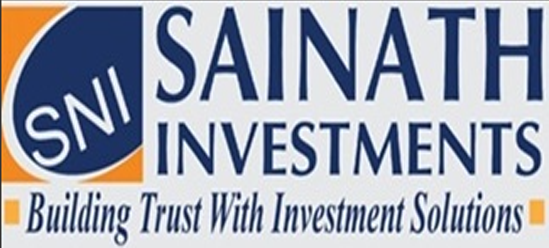
Welcome To Sainath investment Please wait, loading...

Welcome To Sainath investment Please wait, loading...
An alternative investment is a financial asset that does not fall into one of the conventional investment categories. Conventional categories include stocks, bonds, and cash. Alternative investments include private equity or venture capital, hedge funds, managed futures, art and antiques, commodities, and derivatives contracts. Real estate is also often classified as an alternative investment.
Currency is a medium of exchange for goods and services. In short, it’s money, in the form of paper or coins, usually issued by a government and generally accepted at its face value as a method of payment.
Currency is the primary medium of exchange in the modern world, having long ago replaced bartering as a means of trading goods and services.
In the 21st century, a new form of currency has entered the vocabulary, the virtual currency. Virtual currencies such as bitcoins have no physical existence or government backing and are traded and stored in electronic form.
Currency in some form has been in use for at least 3,000 years. Money, usually in the form of coins, proved to be crucial to facilitating trade across continents.
Any product that can be used for commerce or an article of commerce which is traded on an authorized commodity exchange is known as commodity.

Loan Against Securities (LAS) is getting instant liquidity from your investment without selling them.